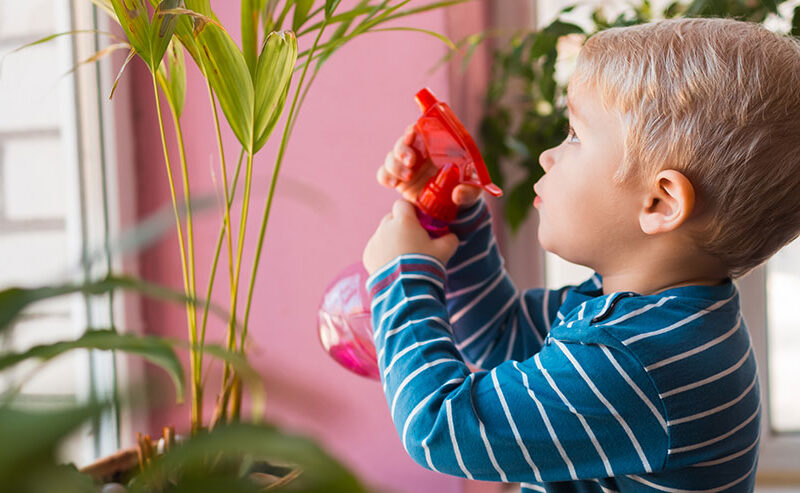
How can I help maintain my 5-year-old’s interest in age-appropriate Legos?
How can I help maintain my 5-year-old’s interest in age-appropriate Legos? https://mediatrics.com/wp-content/uploads/2015/03/lego.png 750 315 Mediatrics Mediatrics https://mediatrics.com/wp-content/uploads/2015/03/lego.pngQ: My Lego-loving 5-year-old son is now interested in the Lego Ninjago series (influenced by his 7-year-old cousin). I have tried to keep him from Ninjago as it seems to me to be inappropriate for his age. Currently, all of his Lego building has been with the City series. I believe he looks at Ninjago as the “next level” and wants to be considered “big enough” to play with it. How can I keep him interested in his current Legos?
– Lost about Lego, USA
A: Dear Lost,
This question showcases an experience that many parents face when dealing with brands and products that are structured for consumers (children) to “level up”. You are correct in realizing that you, as a parent, have a responsibility to monitor and help direct your son’s play in ways that are developmentally optimal. Part of that responsibility is recognizing when certain toys, experiences, and activities would not be beneficial (or could be harmful) for your child to engage with. Many children, like your son, aspire to be like and to be “in” with older kids. Just as Seventeen Magazine is primarily read by 12 year olds as opposed to 17 year olds, your son is seeking to reach beyond his developmental stage by playing with toys he sees his older role models (such as your nephew) engaging with.
Toy marketers are well aware of developmental psychology and work quite hard to build brand awareness and brand loyalty from consumers very early on in life, seeking to move children through their product lines as comprehensibly as possible. The result of this scheme is a whole host of products that are designed in a developmentally step-wise fashion. This way, children will explore each level of toy or game as fully as possible, but then seek to move beyond it to the next. They believe that the subsequent level will showcase their maturity, and that without expanding, they will become “bored” with what they currently have.
One of the real strengths of Legos is that kids can really build anything with those pieces. Therefore, if you would prefer that your son not play with this new series but still want to keep him interested in his Legos, try enriching his experience with any series he has by supplementing with a big bucket of non-directed or generic Legos. This way, he will still experience the same excitement around acquiring “new” Legos but will be able to build his own cities—tearing apart the cities that he’s built or modifying them to build new things—instead of continuing to build pre-determined structures and environments that represent themes and actions that may be inappropriate for his developmental stage.
This will also require playing with him and modeling this kind of creative behavior—which is a good thing, as it is time that you both will be able to spend together playing. This type of play can help your son learn that he doesn’t have to follow the very precise directions to build Lego’s idea of a city, castle, forest, etc., and that he can use his imagination and creativity to create something that has never been built before. Use his “boredom” with his current Legos as a space that you both can fill with new, inspired worlds and creations. In this way, boredom should not be feared but should be embraced as the vacuum in which innovation can bloom.
Enjoy your media and use them wisely,
~ The Mediatrician
- Post Tags:
- School Age Children
- TV & Movies




